American traditional tattoos are a rare sight on the streets of China — yet it was within this contrast that the artistic path of Haiwei Tai, known as 50tattooing, began. Today, he works at Greenpoint Tattoo in New York, where he merges the timeless aesthetics of American traditional with his own sense of form, color, and subtle irony.
His tattoos — filled with vivid characters, animals, and classic symbols — carry both playfulness and respect for craftsmanship. Every line reflects precision, rhythm, and an unmistakable energy. For Haiwei, tradition is a living language that evolves through personal vision and authenticity. In this interview, he talks about his journey from China to the U.S., the philosophy behind classic motifs, and what it means to stay true to oneself in the age of technology and fleeting trends.
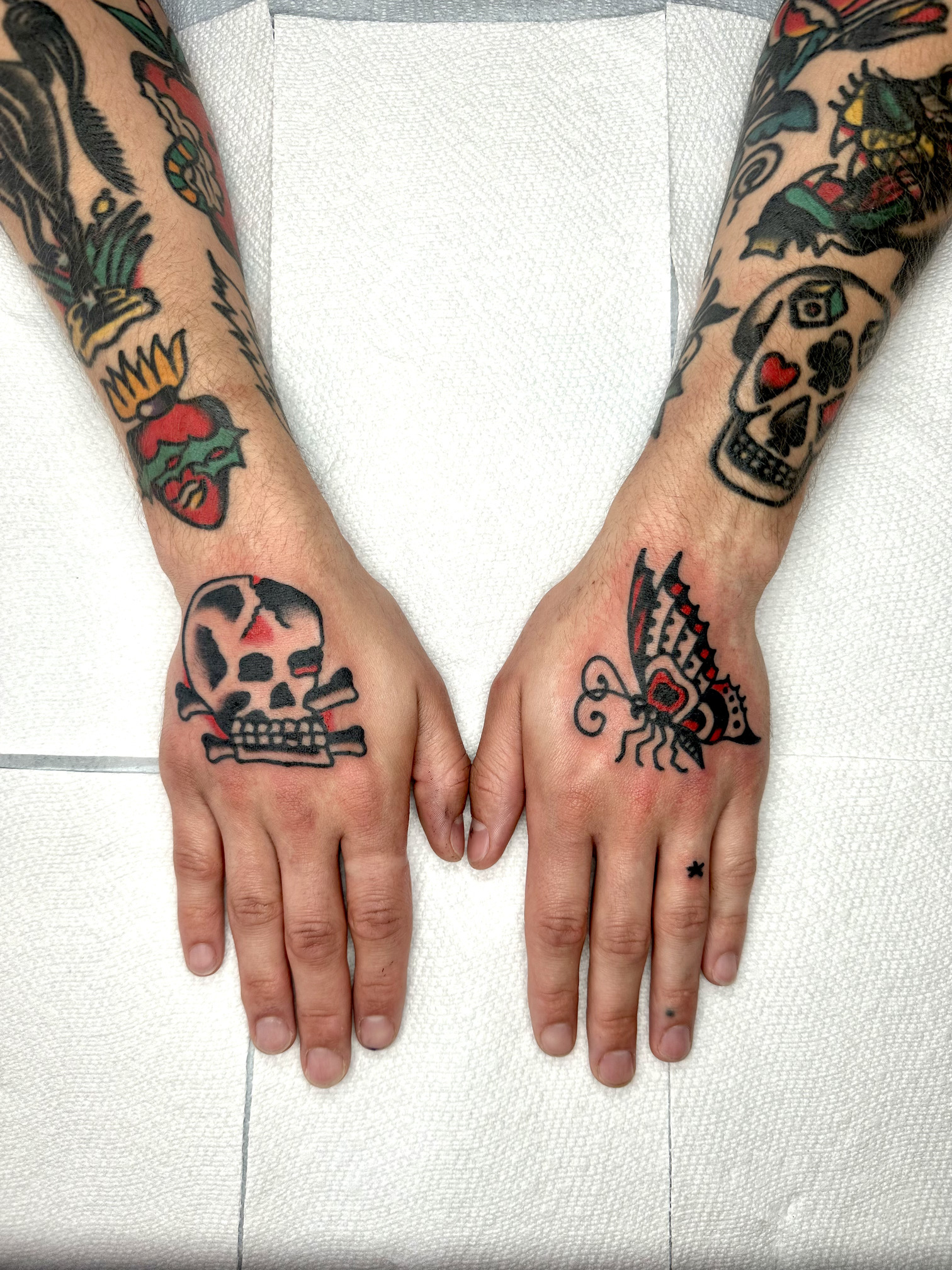
Let’s start at the beginning. How did your relationship with tattooing originate?
Haiwei: I was first introduced to American tattooing through my former employer, who had several tattoos in that style. At the time, such tattoos were quite rare in China, and they immediately sparked my interest. Although I did not have a formal background in art, I often spent my free time sketching casually, which allowed my drawing style to develop in a more spontaneous and expressive way.
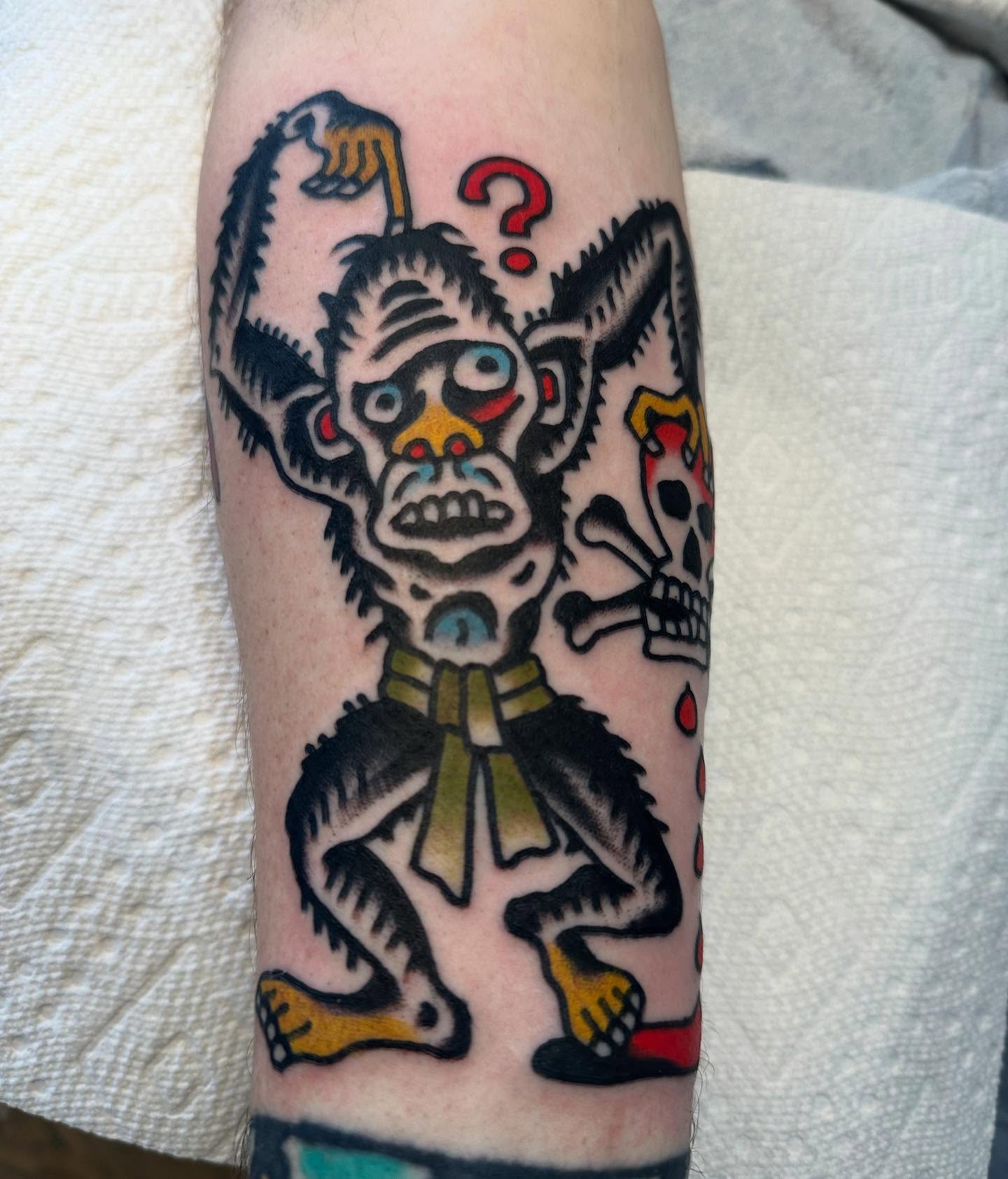
Why did you choose the American traditional style?
Haiwei: Growing up in China, I was deeply fascinated by Hollywood and Western culture from an early age. American-style tattoos, as something imported and unfamiliar, held a certain sense of mystery and, to me, represented something uniquely cool and captivating.
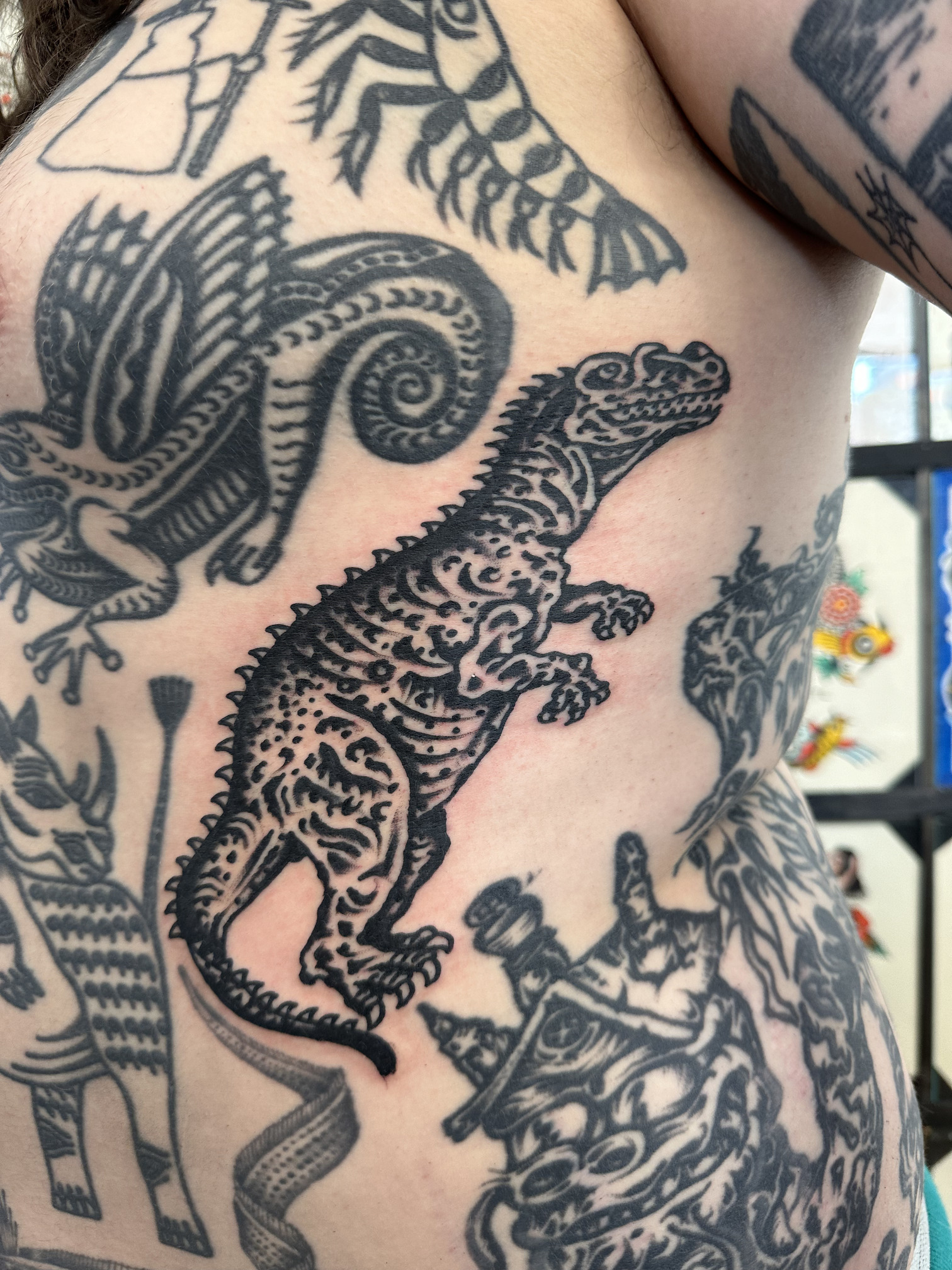
Under the name 50tattooing you create classic motifs. Which symbols or subjects are closest to your heart and why?
Haiwei: Much of my tattoo work incorporates anthropomorphic figures and animals, an area in which I feel most confident. This approach adds a sense of playfulness and enjoyment to my creations.
Do you work only with flash designs, or do you also take custom requests? How do you balance between them?
Haiwei: I truly enjoy creating tattoo designs for my clients, as their ideas often bring unexpected perspectives that challenge me to step outside of my own creative framework. Interpreting these ideas through my own style is always rewarding. At the same time, I also produce many traditional designs, since timeless classics will always endure.
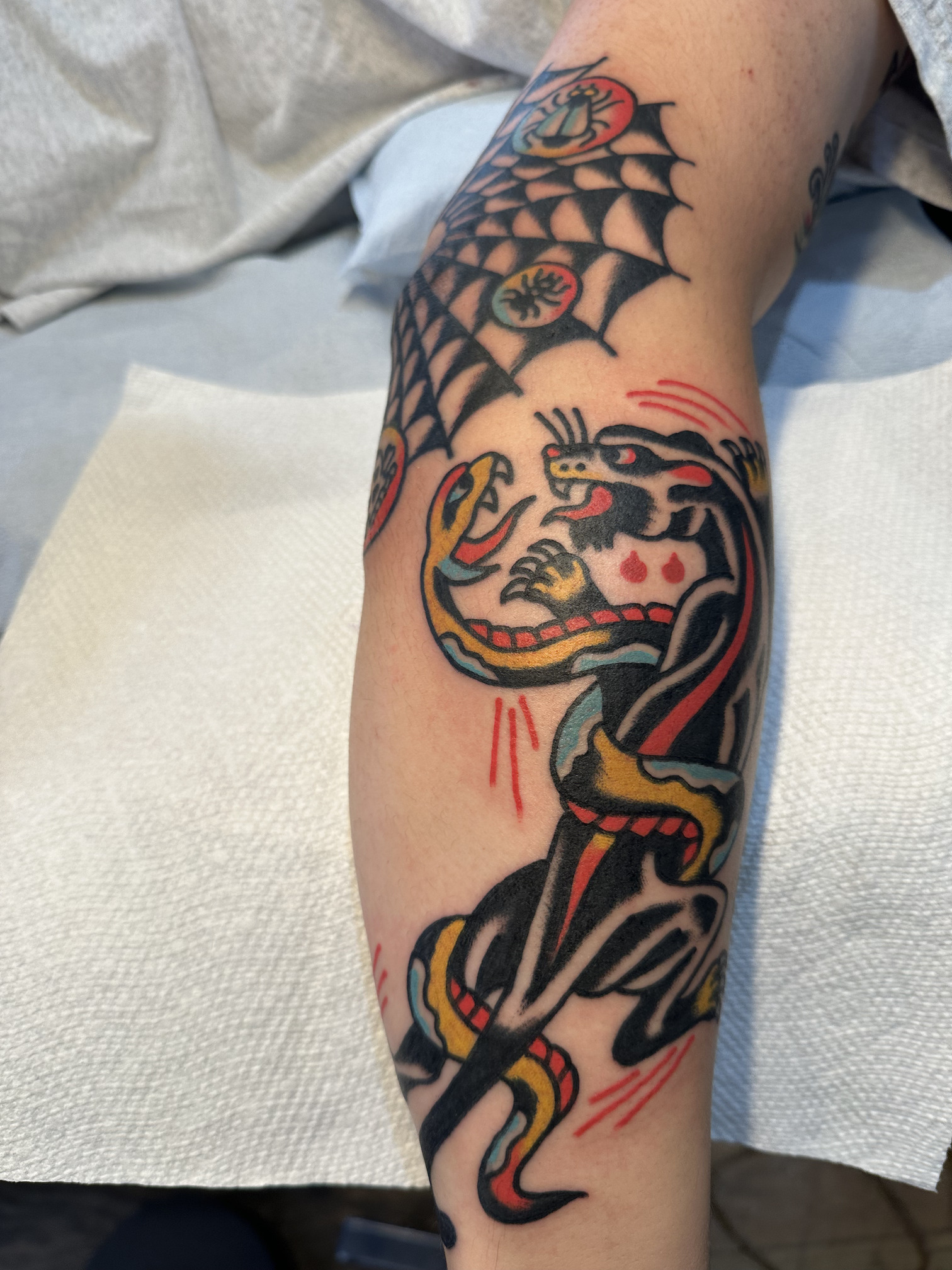
What makes your traditional tattoos recognizable? What sets them apart from others’ work?
Haiwei: That’s a really good question. I like to add my own ideas into classic designs — sometimes it’s in the way I draw the lines, other times it’s in the colors I choose. Even with the same design, these details can create a completely different feeling.
Are there tattoos in your portfolio that you hold in special regard, maybe tied to meaningful stories?
Haiwei: Each tattoo I create, regardless of its size, offers a unique experience. I am deeply grateful for the trust my clients place in me, and to me, that trust carries even greater meaning than the work itself.
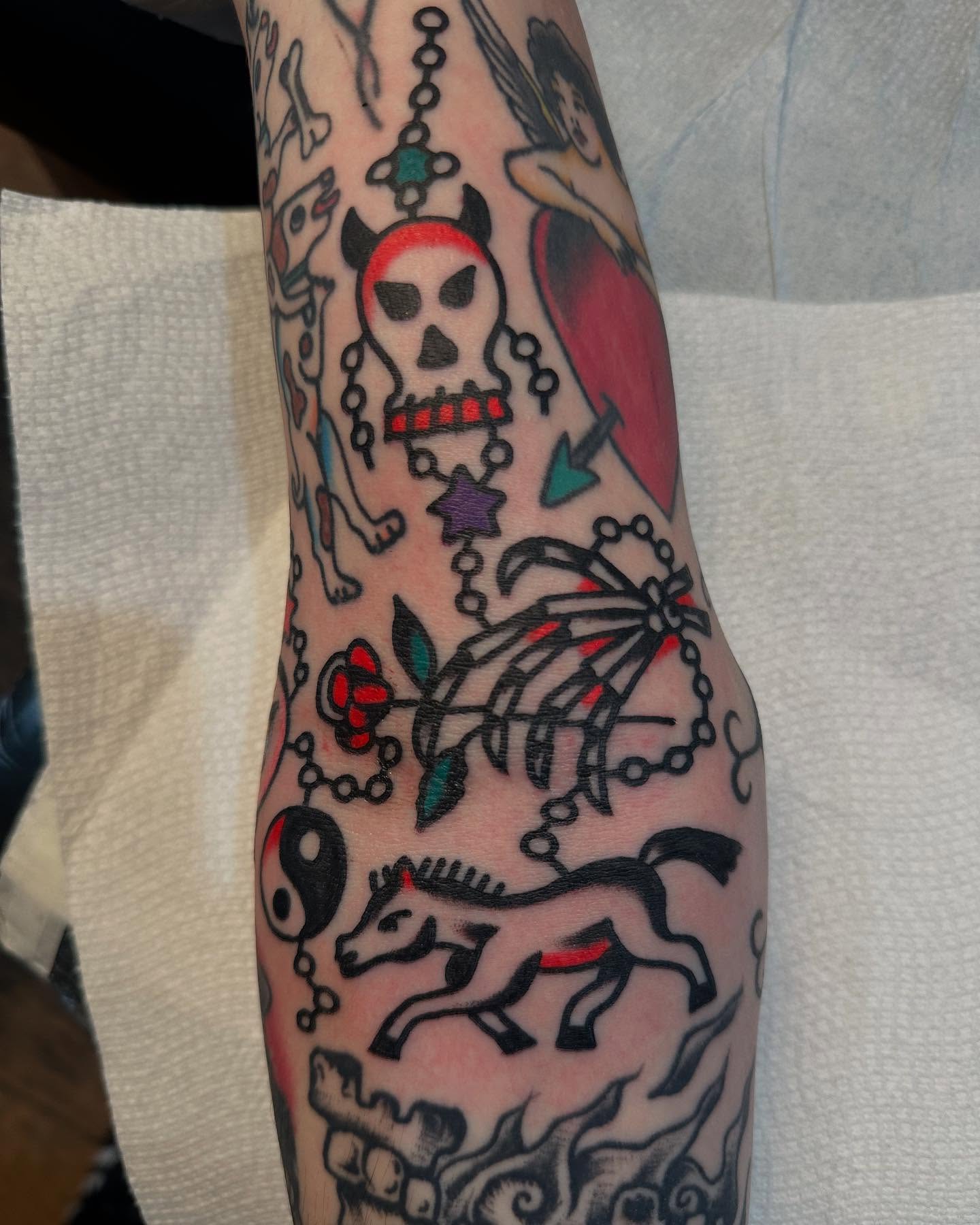
You currently work at Greenpoint Tattoo in New York. Why this city, and why this studio?
Haiwei: Being able to tattoo in New York has always been a dream of mine, as it offers the opportunity to work alongside some of the finest tattooers and to grow through healthy competition. Greenpoint Tattoo was the first shop where I worked during a short stay in New York, and it quickly became a meaningful place for me. I built friendships, learned a great deal, and experienced a relaxed and supportive work environment. Naturally, when I later moved to New York, it felt only right that this shop would become my home.
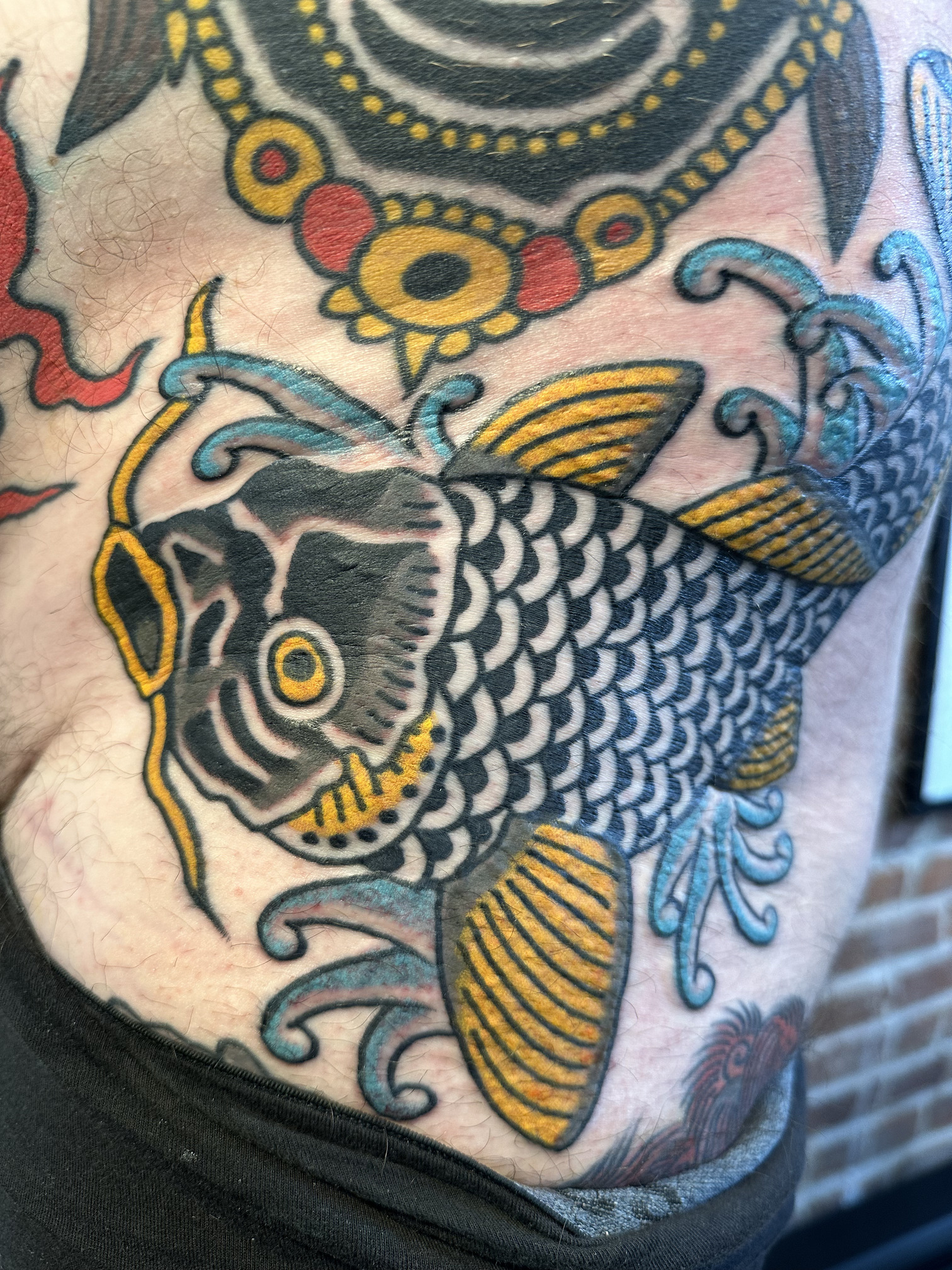
What’s your take on the New York tattoo scene — its strengths, and how does it differ from other cities?
Haiwei: Becoming part of the tattoo community in New York is much like experiencing New York pizza — it is truly unique. It carries its own distinct flavor, something you can only find here. Elsewhere, even if it looks similar, it simply does not carry the same essence.
On average, how long does it take you to complete a traditional tattoo — from the idea to the finished piece?
Haiwei: Traditional tattooing is largely rooted in classic designs, with relatively little variation. Unless a client requests additional elements or concepts, the creative process is fairly fast. For a tattoo roughly the size of a hand, the design stage generally takes about thirty minutes, while the tattooing itself typically requires around two hours.

Have you taken part in festivals or competitions? Which moments stand out to you?
Haiwei: I have attended several conventions where I met many new friends and fellow tattooers. Some of the friendships I formed at conventions a decade ago are still ongoing today. However, I have never participated in competitions, as I believe there is no absolute standard by which tattoos can be judged as good or bad.
Do you plan guest spots or collaborations in other cities or countries?
Haiwei: One of the most appealing aspects of being a tattoo artist is the ability to work in different countries and cities, meeting new people along the way. This has long been a part of my practice, and I find it incredibly rewarding. Soon I will be spending a month working on the West Coast, which I greatly look forward to, and I hope to organize a work tour across Asia next spring.
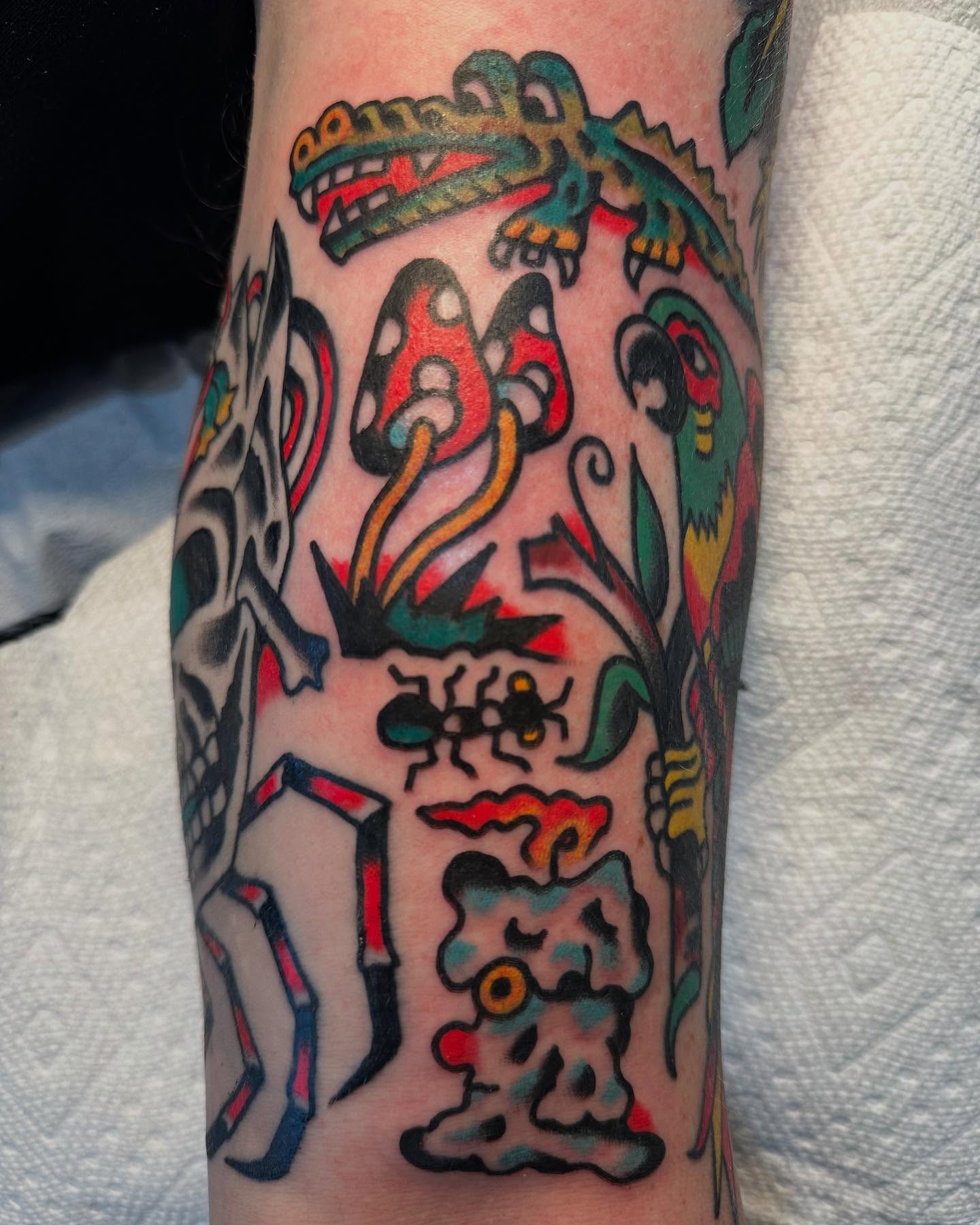
How can clients book with you now — how is your waiting list organized?
Haiwei: Most of my clients contact me via Instagram, as it is the most convenient method. At present, the ideal arrangement is to schedule appointments two weeks to a month in advance, allowing sufficient time for preparation on both sides.
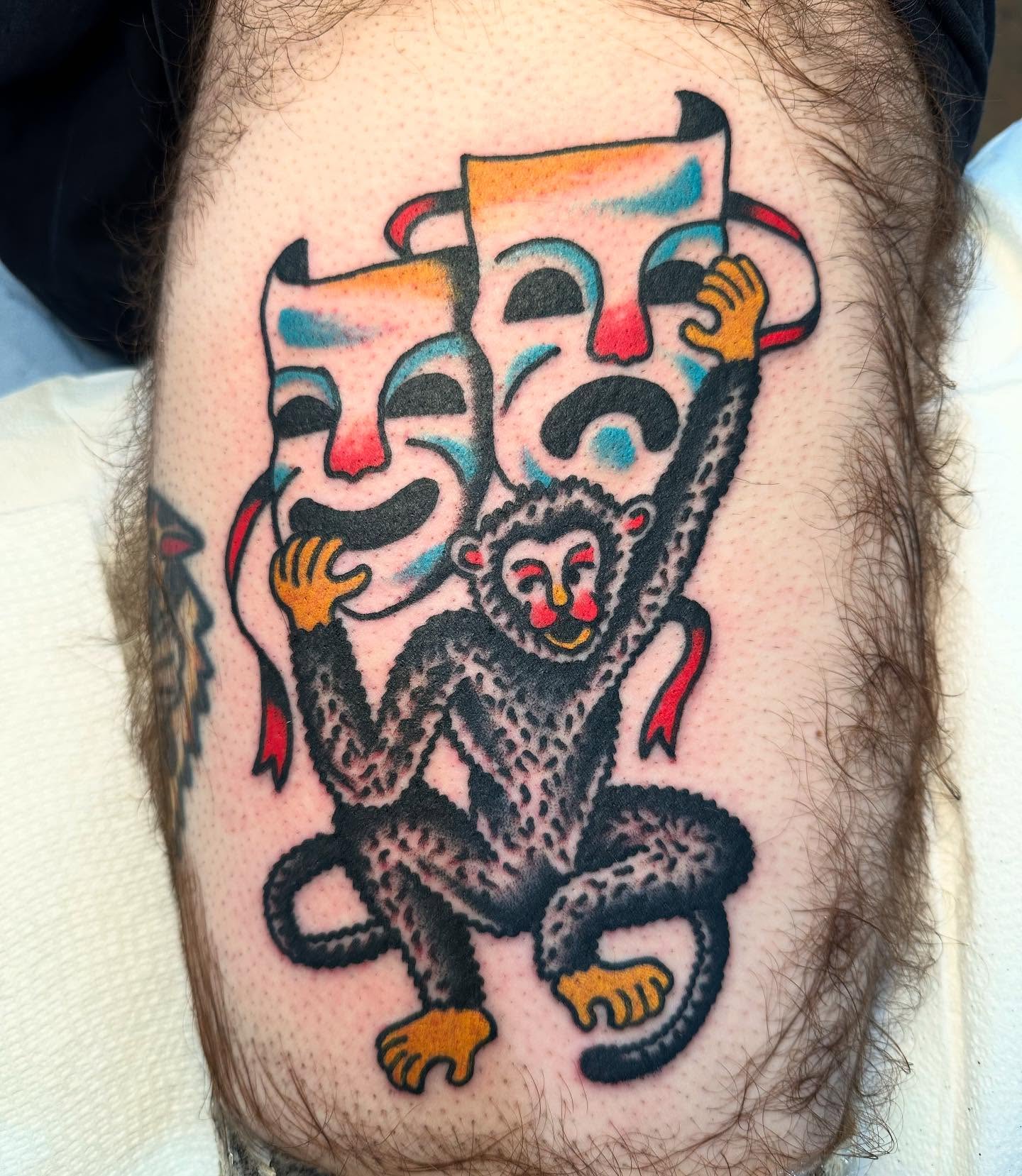
How do you envision your development in the coming years — goals, dreams, projects?
Haiwei: Recently robotic tattooing has emerged, which is astonishing — technology is advancing at an incredible pace and, perhaps, in a few years machines could even replace human artists. For my part, I remain focused on maintaining good energy for my creative work and treating every tattoo with care.
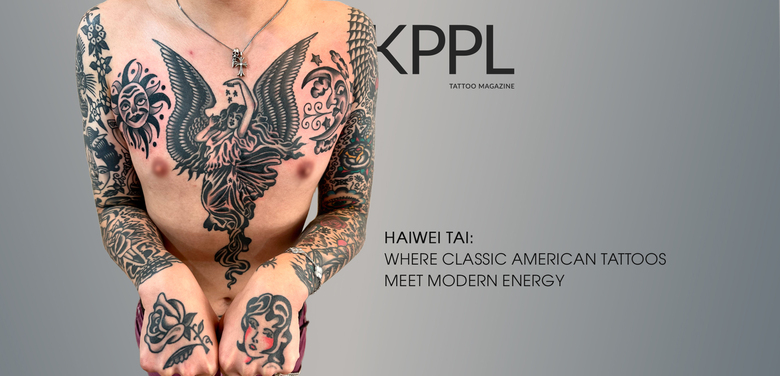

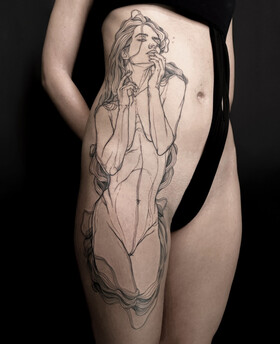
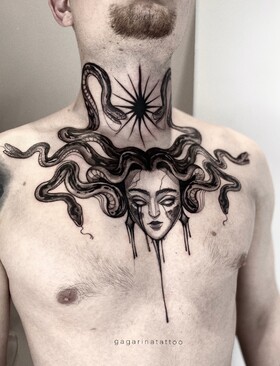
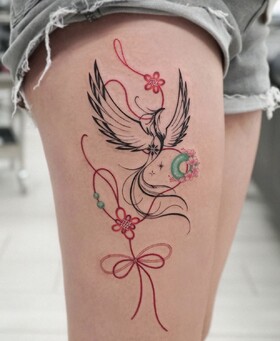
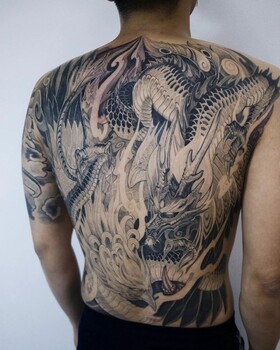
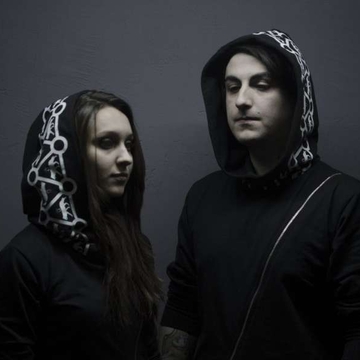
Comments (0)